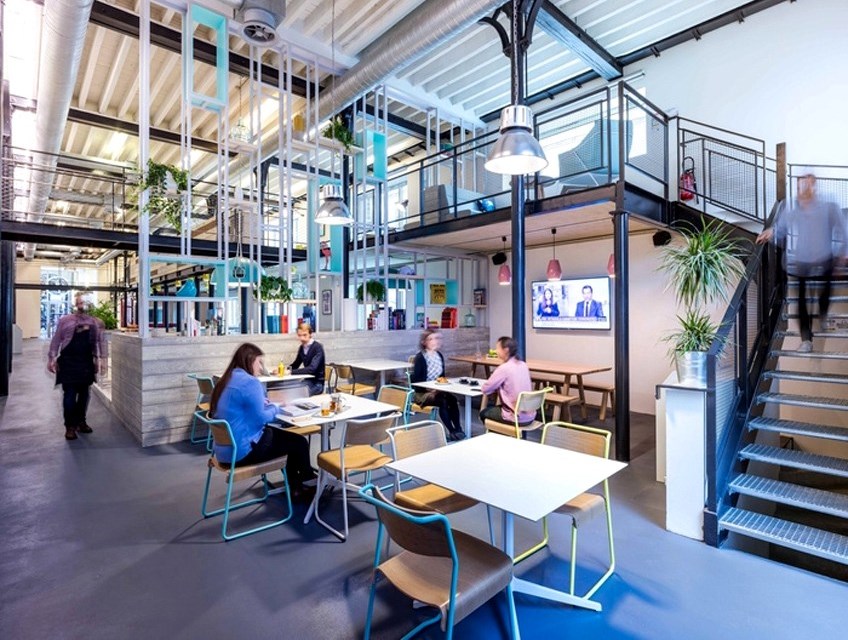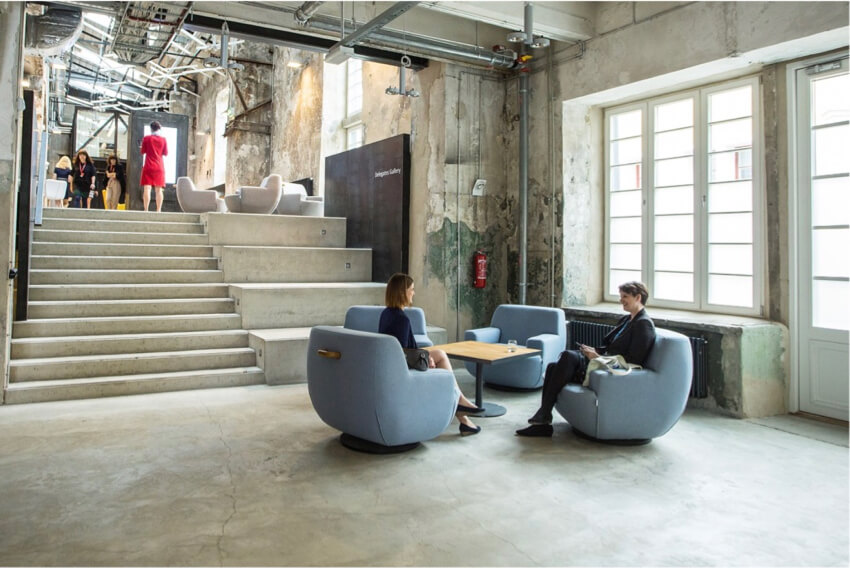How Does Architecture Respond To The Needs Of Flexible And Adaptable Workspaces?

Flexible architecture is taking over the architecture and design world, and for good reasons. With technology changing at a faster pace and clients seeking more versatile spaces, architects and designers are leaning towards more flexible design solutions. Here are some key reasons why.
Efficient Use of Space
Flexible architecture allows for better use of space. With the ability to adapt and change, the same space can be used for different purposes without the need to rebuild. Multi-purpose rooms, movable walls, and modular furniture are just a few examples of how flexibility can improve the efficient use of space in a design.
Adaptability to Changing Needs
Flexibility in architecture and design allows spaces to adapt to changing needs. As people's lives change, so do their needs for space. For example, a home office can be turned into a bedroom, or a retail space can be turned into an event space. The ability to adapt to changing needs without costly renovations is a major reason why designers are turning to flexible architecture solutions.
Cost Savings
Flexible architecture can also lead to cost savings in the long run. By designing a space that can easily adapt to changing needs, the need for major renovations or even relocation is reduced. In addition, the use of modular and easily assembled components can reduce construction times and overall costs.
Sustainability
Flexibility in design also leads to sustainability. By using modular and easily movables parts, construction waste is reduced. In addition, the ability to adapt to changing needs reduces the need for new construction and reduces the carbon footprint of a space.
Creativity
Flexible architecture allows for more creativity in design. By breaking down traditional barriers, designers can create spaces that are multi-functional, visually appealing, and unique. The ability to customize and adapt spaces to the user's needs opens up endless possibilities for design creativity.
Improved User Experience
The user experience is improved with flexible architecture designs. By adapting a space to the user's needs, spaces become more functional and enjoyable to use. For example, a conference room that has adaptable lighting, soundproofing, and moveable furniture can be customized to improve the user's experience.
Increased ROI
The return on investment is increased with flexible architecture designs. The ability to adapt and change spaces increases the lifespan of a space, reduces renovation costs, and makes it easier to rent or sell a property. In addition, tenants are more likely to renew lease agreements when the space can be adapted to their changing needs.
Future-Proofing
Flexibility in architecture and design also future-proofs a space. With technology and design trends changing at a faster pace, the ability to adapt to these changes is crucial. A flexible space can be easily updated and modified to keep up with these changes.
Conclusion
Flexible architecture and design solutions are taking over the design world for good reasons. With the ability to adapt and change spaces to meet changing needs, designers can create more functional, efficient, and sustainable spaces that increase ROI and improve the user experience. The benefits of flexible architecture design make it a popular choice for architects and designers looking to create lasting and adaptable design solutions.
FAQ
What is flexible architecture?
Flexible architecture is a design approach that allows for the adaptability of a space to meet changing needs. It includes multi-purpose rooms, movable walls, modular furniture, and other modular design solutions that allow spaces to be easily adapted and changed.
Why is flexibility important in architecture and design?
Flexibility is important in architecture and design because it allows spaces to adapt to changing needs. As life changes, so do our needs for space. By incorporating flexibility into a space, we can improve the efficient use of space, reduce waste, reduce renovation costs, improve the user experience, and increase ROI.
What are the benefits of flexible architecture and design solutions?
The benefits of flexible architecture and design solutions include more efficient use of space, adaptability to changing needs, cost savings, sustainability, creativity, improved user experience, increased ROI, and future-proofing a space. Flexible architecture and design solutions provide endless possibilities for customization and adaptability.
How can I incorporate flexibility into my design?
You can incorporate flexibility into your design by using modular and easily movable components, designing multi-purpose spaces, incorporating movable walls and furniture, and considering adaptability in your design solutions. By focusing on flexibility, you can create a more sustainable, efficient, and adaptive space that meets the changing needs of your clients.




Post a Comment for "How Does Architecture Respond To The Needs Of Flexible And Adaptable Workspaces?"